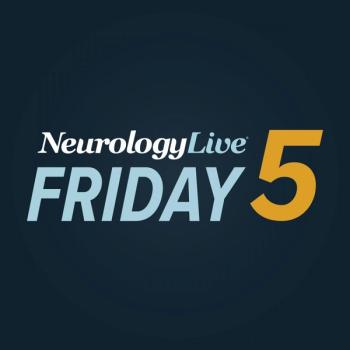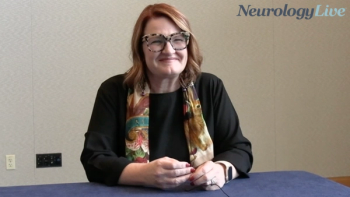
Neurological Disorders: Language & Behavior Issues
Studies discussed include neuropsychiatric symptoms leading to mild cognitive impairment and gesture comprehension and language in children with autism.
Studies on behavioral and cognitive neurology presented at AAN 2017 investigated characteristics of people with rapidly progressive dementia with Lewy bodies and explored the association between neuropsychiatric symptoms and biomarker changes in elderly, cognitively normal people. Research also looked at gesture-language integration and gesture comprehension in young children with autism spectrum disorder and studied transcranial direct current stimulation (tDCS) as a means to improve language production in people with chronic non-fluent aphasia.
Newsletter
Keep your finger on the pulse of neurology—subscribe to NeurologyLive for expert interviews, new data, and breakthrough treatment updates.


































